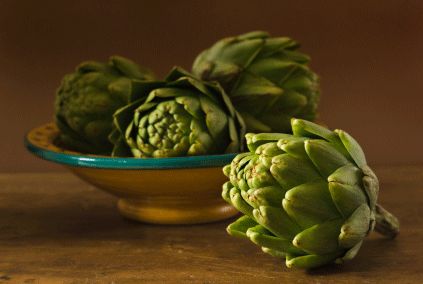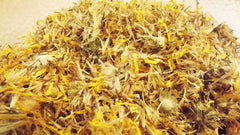RASPBERRY GLUTEN-FREE SUGAR-FREE MUFFINS:
We’ve been experimenting with quite a few sugar free, gluten-free, yeast-free breads and desserts. We have had some victories and a few disappointments, but I wanted to share them with you. This is an adaptation to our Blueberry Muffin recipe posted last week – see here. For anyone with yeast overgrowth or even just some yeast issues, these will help starve that yeast and get it eliminated from your body. Often times we don’t even realize we have yeast and the possibility that they might have taken control of our intestinal flora. Do you have lots of bloating after eating? Probably yeast. Can’t lose weight even though you’re starving yourself? Probably yeast. We have to starve it by eliminating ALL sugar and yeast from our diets. Other things need to be eliminated too, but these are the main culprits. To say it's difficult to find a sugar-free, gluten-free, and YEAST-free bread is an understatement. Let me know if you do. We've experimented with a few recipes and found some we really liked. I will be posting those recipes very soon.
Now, just a short note about these recipes. They are adapted from a book called "The Joy of Gluten-free, Sugar-free Baking" and I highly recommend the book. However, I suddenly realized with my last two recipe attempts, the authors are WEIGHING their dry ingredients. For instance, one recipe says 1 cup (4 oz/113 grams)! Well, I've been baking since I was a kid and one cup to me is 8 ounces in a dry measuring cup - so totally NOT 4 oz! So I decided to actually weigh the flour this time at 85 grams and I think they turned out better than the last batch. Which, really if you think about it, each "flour" has a different weight - it's a bit different than using all purpose flour which stays the same. The almond flour I purchased and is available in most grocery stores, but for the pecan flour, I simply ground up raw organic pecans in the spice grinder. And seriously? If you don't have yeast issues or aren't worried about the glycemic load, you could use sugar in these recipes. Hmmm - and did you notice? There are NO oils or fats added? The fats are naturally derived from the nuts - and they are the healthy fats!
Ingredients:
¾ cups (3 oz/85 grams) pecan flour
¾ cup (3 oz/85 grams almond flour
½ cup Stevia in the Raw Extract (we were able to find this at Russ's! One of our least health-oriented grocery stores.)
1/3 cup hemp seeds
1/3 cup organic dried coconut
1 tablespoon baking powder
¼ teaspoon salt
2 eggs (approximately 3.5 oz/99 grams)
½ cup (4 oz/113 grams) unsweetened coconut milk
1 ½ teaspoon vanilla extract
1 tsp fresh lemon juice
1 packet NuStevia
½ to 1 cup fresh or frozen raspberries (I put them in still frozen)
Preheat your oven to 350 degrees F. Line 9 to 10 muffin cups with paper liners. I like to spray them with olive oil spray (optional). Mix the pecan flour, almond flour, Stevia in the Raw, hemp seeds, coconut, baking powder and salt until well blended. In a separate bowl whisk the eggs, milk, vanilla, lemon juice, and NuStevia until well blended. Add the egg mixture to the bowl with the flour mixture and stir with a large spoon for 1 to 2 minutes. I’ve found that this is an important step to get the correct consistency of the batter. I even set my timer for 2 minutes after I pour the egg mixture into the flour mixture but I’m a little OCD-ish. Fold the raspberries into the batter – gently of course. Again, no need to thaw them out first - easy and fast.
Spoon the batter into the muffin cups and the cups should be just about full. They don’t rise much if at all. Place the muffin pan on a cookie sheet and place in the preheated oven. Bake for 20 minutes, then rotate the pan and bake for another 15 to 20 minutes. Test them with a toothpick and if it comes out clean, they’re ready. I like to then set them out on a wire rack for cooling. Well, truthfully, I like to pull a really hot one out and slather it with butter and eat it right then - my reward.
We liked these a lot and Warren took a few to work with him today. I will do a nutritional analysis, but just knowing that I’m using nut “flour” (and we use organic raw nuts), NO sugar, and coconut milk – the amount of fiber and protein has to be high. The raspberries of course were not sweetened – so more goodness for you.
Let me know if you try these and how they turned out. If you have any questions, let me know!
Thanks for listening!




































